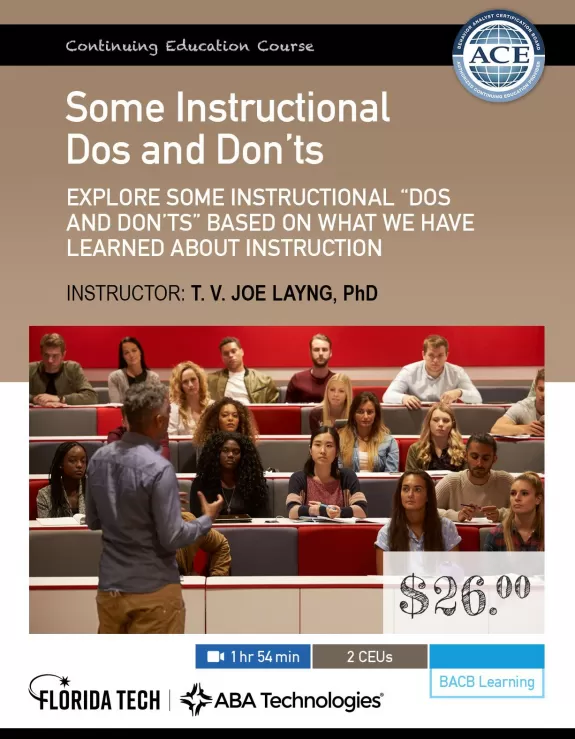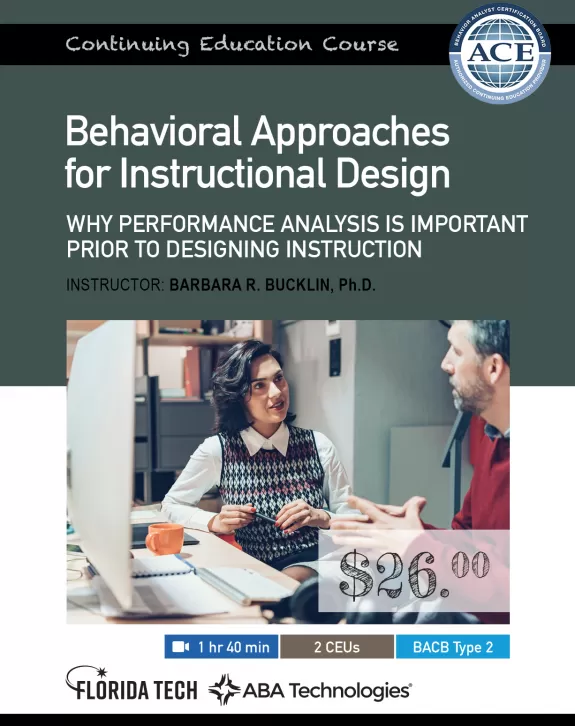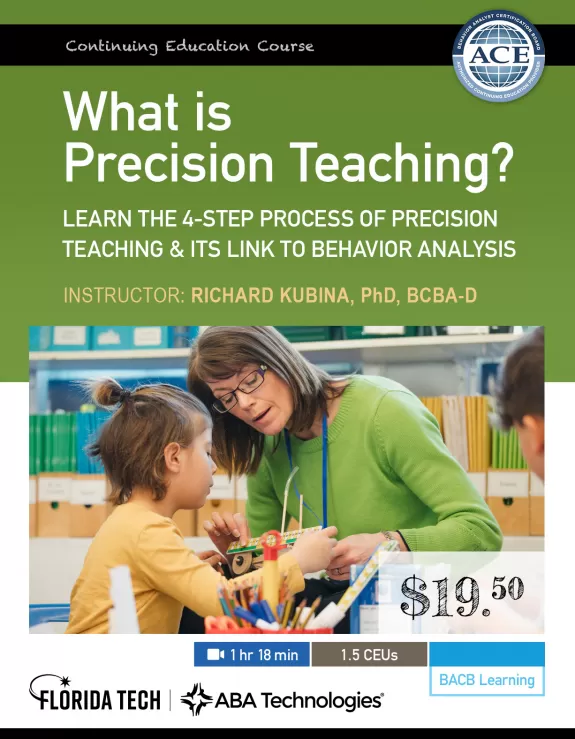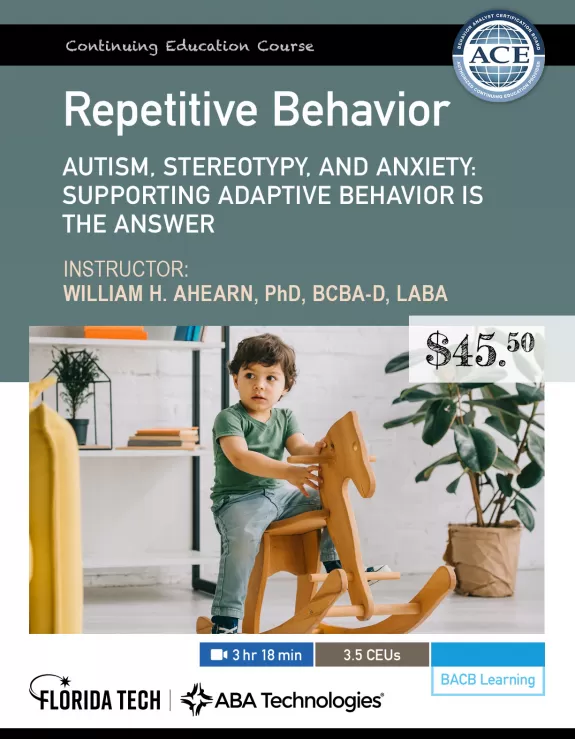Some Instructional Dos and Don’ts
Abstract
It doesn’t take long for an active student to notice the differences in instructional approaches across teachers, schools, and programs. Some experiences are great, others questionable. In this course, Joe Layng, PhD, brings his vast history as an educational developer and innovator to the topic of designing and evaluating effective instruction. At all levels of instruction—from analysis, design, material generation to implementation and assessment—designers and teachers must consider the end result and how the instruction now will help the student in the future.
Learning Objectives
What you’ll learn in the course and be able to do afterward
Good, systematic instruction follows a series of steps that work synergistically to produce ideal student outcomes. Those steps allow the designer to
-
analyze content of a particular instruction and state clear objectives for students to achieve based on relevant component-composite relations;
-
select effective example and nonexample sets;
-
set criteria for testing instruction across pinpoints and learning channels;
-
establish effective practice routines and activities for the learner;
-
constantly evaluate the effects of the instruction;
-
provide consequences and feedback for learners and embed these into instructional programming;
-
avoid common pitfalls of development, teaching, and testing that do not lead to efficient and effective student outcomes.
Partnership
This course is delivered through Florida Tech. Clicking "Enroll Now" will take you to Florida Tech’s website where you can Add to Cart, Checkout, and complete the course. Come back to our website for podcasts, blogs, courses, and content.





